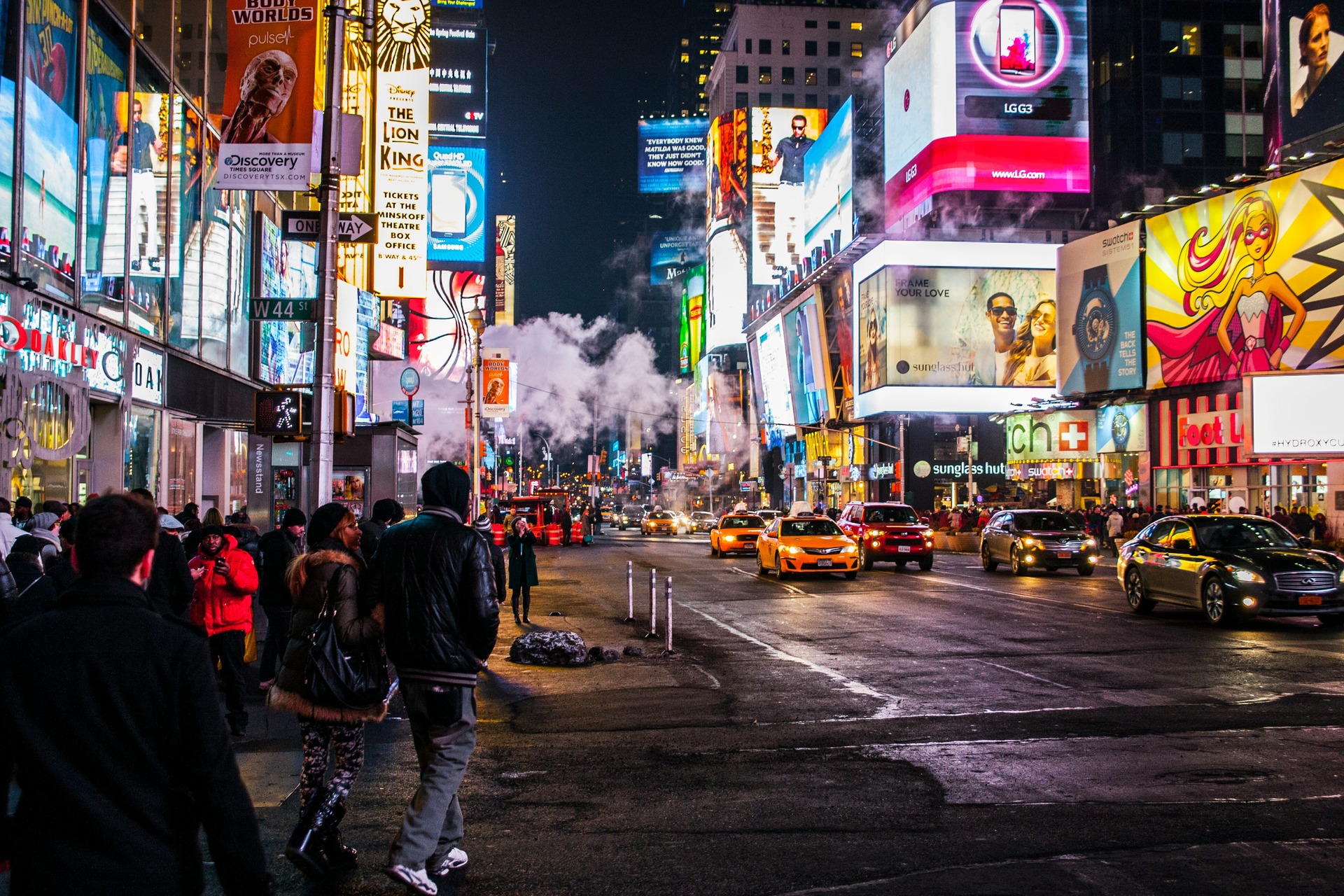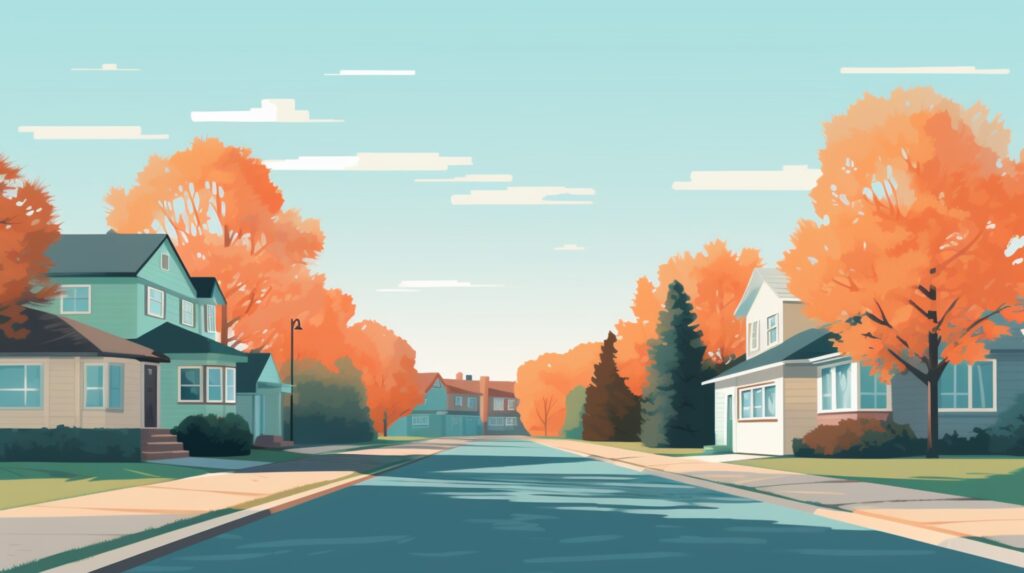
We are reader-supported. When you buy through links on our site, we may earn an affiliate commission.
People often celebrate city life for its vibrant opportunities, thrilling excitement and unparalleled convenience. Yet, amidst these glowing attributes, the disadvantages of living in the city frequently go unnoticed.
This shift from the bustling avenues filled with endless possibilities to the quieter, less-discussed challenges urban dwellers face sets the stage for a deeper exploration. Those interested in moving to the city must know its implications that many overlook.
1. High Cost of Living
Cities are notorious for their steep living costs, a stark contrast to the affordability of rural areas. Rent skyrockets due to high demand for limited space, making even modest apartments a significant expense.
Moreover, groceries and everyday items often have a premium price tag due to higher transportation and stocking costs. Additionally, relying on public transport or owning a car in the city incurs hefty fees, from transit fares to parking charges.
2. Noise Pollution
The constant hum of traffic, ongoing construction and bustling crowds form an ever-present backdrop to city life. It contributes to a noisy environment that seldom quiets down. This relentless noise pollution can significantly disrupt sleep patterns, leading to restlessness and insomnia.
Moreover, the constant din elevates stress levels, as the lack of peace becomes a daily strain on mental well-being. This combination of sleep disruption and heightened stress paints a picture of the hidden toll that urban noise can exact on residents.
3. Air Pollution
One of the disadvantages of living in the city is poorer air quality due to a high concentration of vehicles, industrial activities and energy production. They all emit harmful pollutants into the atmosphere. This degraded air quality can lead to significant health issues, including respiratory infections, heart diseases and strokes.
The particulate matter, nitrogen oxides and other pollutants can penetrate the lungs and bloodstream, posing severe health risks. Alarmingly, air pollution causes approximately 7 million premature deaths worldwide yearly, underscoring cities’ urgent need for cleaner air.
4. Traffic and Commuting Woes
Daily commuting in urban areas often involves a frustrating battle with traffic jams and overcrowded public transportation. Streets are choked with vehicles, leading to slow-moving traffic that can turn a short distance into a lengthy ordeal.
Similarly, buses and trains are packed to capacity, making journeys uncomfortable and stressful. This congestion tests one’s patience and wastes valuable time, with hours lost each week that you could spend on more productive activities. This routine struggle significantly impacts daily life, highlighting the inefficiencies of city commuting systems.
5. Limited Living Space
In cities, the quest for convenience and prime location often comes at the cost of living space. Residents settle into smaller quarters for significantly higher prices. For instance, the average rental size in the U.S. is just 887 square feet.
It’s a stark reflection of the trade-off urban dwellers make between proximity to work, entertainment and amenities versus the luxury of space. This compromise underscores the reality of urban housing markets, where renters sacrifice square footage for the benefits of urban living. It illustrates the challenging disadvantage of living in the city.
6. Less Personal Space
In the bustling environment of the city, crowded public spaces and the struggle for privacy become a daily reality, affecting residents’ well-being. Parks, streets and cafes are often filled, leaving little room for solitude or quiet moments.
This constant exposure to crowds can lead to a sense of being constantly on display and lacking personal space, which can be draining and stressful over time. The challenge of finding a private sanctuary in the urban jungle impacts daily life. It makes it difficult to relax and recharge, ultimately affecting one’s mental health and quality of life.
7. The Fast Pace of Life
The fast-paced city lifestyle brings a unique set of stresses and pressures, where the race against the clock becomes a defining feature of daily existence. Finding moments for relaxation and downtime can feel like an impossible challenge in such an environment. Work demands, social obligations and the pace of urban life leave little space for quiet and rest.
Interestingly, Detroit and Cleveland are the most stressed-out cities in the U.S. It underscores the disadvantages of living in the city and how it can impact the stress levels of its inhabitants. This relentless pace tests the resilience of individuals and calls into question the sustainability of such a lifestyle in the long term.
8. Limited Access to Nature
The scarcity of green spaces in urban areas significantly impacts resident’s mental health. The limited access to nature contributes to increased stress, anxiety and a sense of confinement. Natural environments’ lush, calming presence is crucial to psychological well-being, offering a respite from the concrete jungle.
For city dwellers, the rarity of parks and greenery means that experiencing nature requires travel outside the urban sprawl, adding another layer of complexity to the quest for relaxation and mental balance. This lack of readily available natural space underscores the importance of integrating nature into urban planning for the health and happiness of the population.
9. Safety Concerns
One disadvantage of living in the city is the higher crime rates than their rural counterparts. It casts a shadow over the many advantages of urban living. Issues of personal safety and property crime are more pronounced, with residents facing increased risks of theft, burglary and personal attacks.
This heightened sense of vulnerability affects the overall quality of life. It compels individuals to take extra precautions and invest in security measures. The pervasive concern for safety influences daily routine and freedom of movement and contributes to a more guarded urban experience.
10. Higher Auto Insurance Premiums
The heightened risk of theft, accidents and vandalism in cities contributes to higher auto insurance costs, imposing a significant financial burden on residents. The dense population and congested traffic conditions increase the likelihood of such incidents. It pushes insurance companies to raise premiums to cover the increased risk.
As a result, city dwellers often face insurance rates substantially higher than those in less densely populated areas, where such risks are lower. This disparity affects the affordability of owning and maintaining a vehicle in urban settings and underscores the broader economic challenges of city living.
Weighing the Allure Against the Realities of Urban Living
The appeal of urban life is undeniable, offering unmatched opportunities for work, entertainment and social engagement. Being fully aware of the disadvantages of living in the city is crucial. Understanding its inherent challenges is essential for making a well-rounded decision. When considering a move to or living in a town, you must carefully weigh these factors.










